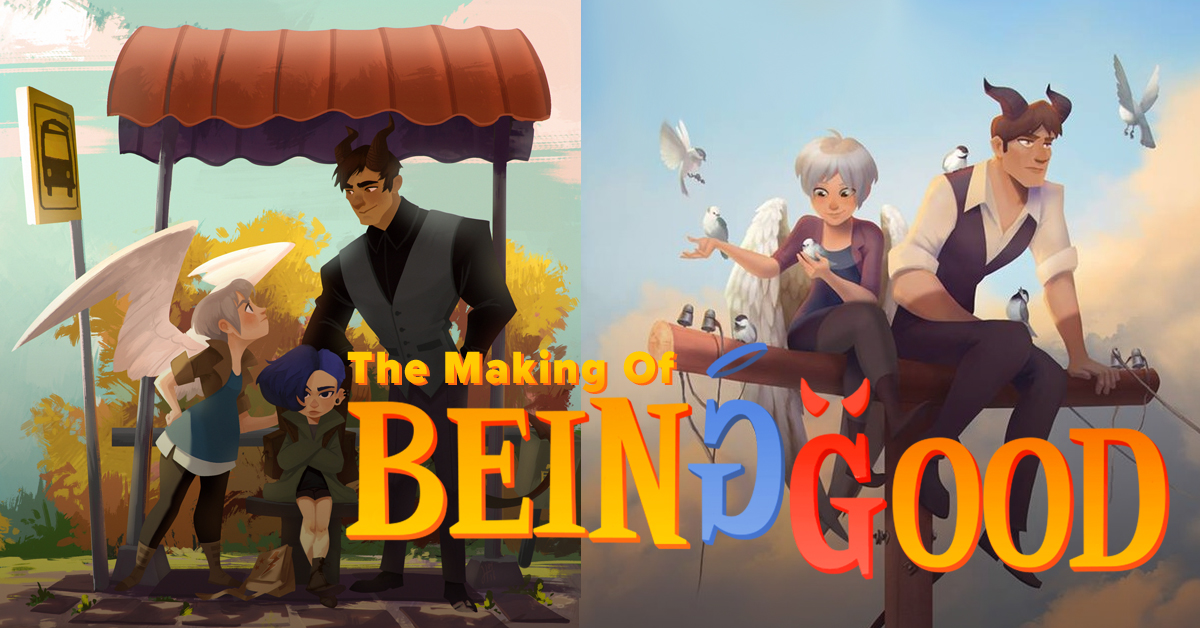We hope you enjoy the video replay below and talking points from Bob’s fantastic Webinar on the topic of, funding your independent film and VR projects. These concepts apply to both your animation production and live action productions.
- Raising money for film projects is hard. This webinar is an attempt to give you a leg up and avoid some of the common pitfalls so that it puts you that far ahead.
- Note: Even the director from Shawshank Redemption has to find the funding for his next project!
- There are lots of people who want to make a film, and not enough people who want to invest in them. One problem is that investing in film is inherently risky. Many investors lose money. Films get produced that don’t get the intended distribution.
- What elements can increase your odds of getting funding?
- Here’s where you can focus your energy:
- Have a great story or script or maybe a known property; children’s book, etc.
- Know how your project meets a specific demand in the market.
- Understand who your audience is and how big it is – if it’s tiny, it’ll be harder to find funding.
- Have a great presentation to share your vision including concept art, storyboarded scenes, etc.
- Build a strong team, hopefully one with people whose work is admired or have been successful; i.e. an influencer in the industry.
- Attach some known or bankable cast members; a stretch, we know, but worth noting if you can swing it.
- Have a smart production plan including a detailed schedule, budget, pipeline – Artella’s a great place to have on your side with pipeline and talent at your fingertips.
- If possible, have distribution lined up or, second best, promises from distributors in various territories – pre sales.
- Here’s where you can focus your energy:
- So, what are the sources of funding out there?
- Most independent projects will use a mix of the following sources of funding:
- Studios.
- Tech Companies like Google, Apple, Netflix, Hulu, and Amazon.
- Chinese Media Companies (growing market).
- Production Companies.
- Investment Funds that invest in films.
- Investments from high net worth individuals.
- Tax Incentives or rebates.
- Friends & Family seed money.
- Crowdfunding.
- Grants, Sponsors, or donations.
- Bank loans based on pre sales (not as common as they used to be.)
- Money directly from a distributor.
- Gap Financing.
- Deferred Salaries.
- Table Reads and Investor events.
- Most independent projects will use a mix of the following sources of funding:
- How might an investor profit from an investment in your film? How does the money get shared once it starts coming in?
- This needs to get defined as you make deals with investors. This is crucial for both the investor and you. After the investors are paid back how is the money shared with the filmmakers?
- Great article about the revenue waterfall for independent films.
- What I am working on?
- Feature Films (both live action/VFX and/or animated)
- Documentary
- Short
- What else are you interested in?
- VR
- Episodic TV
- Note any commercial project be it for Film, TV, Game or VR should have episodic appeal and there should be a plan to discuss what you have in mind for future episodes of your project. Justing having an idea of how your project “could” scale makes it more appealing to an investor.
- Additional Question from Webinar
- Michelle Wibowo asked: I was wondering what kind of distribution platform and revenue that you could get for developing VR contents? Especially the contents that are distributed via youtube 360 videos / google cardboard, or any other direct to consumer apps (which may be free to download) .
- Bob answers: It’s still early days on figuring out how to make money creating VR content. And the short answer might be that there is not much revenue at this point for VR content of any kind.
- Some are talking about making or acquiring enough content to get to a place where they can charge a subscription and be a place where people come to see the latest VR works. Vive wants to be the Netflix of VR. That could create a new revenue source.
- Steam is another possible distribution outlet for VR content. Much of the Steam content is free but some are charging $$.
- Arcade style VR facilities are a possible way to bring in some extra revenue. I understand there are many of these opening in China.
- Final Thoughts
- Raising the financing for your project is hard work. Keep at it. Keep adding to your list of elements that increase your chance of getting funding (discussed above). Keep reaching out to investors, your network, key crew, actors, people who might be able to help.





